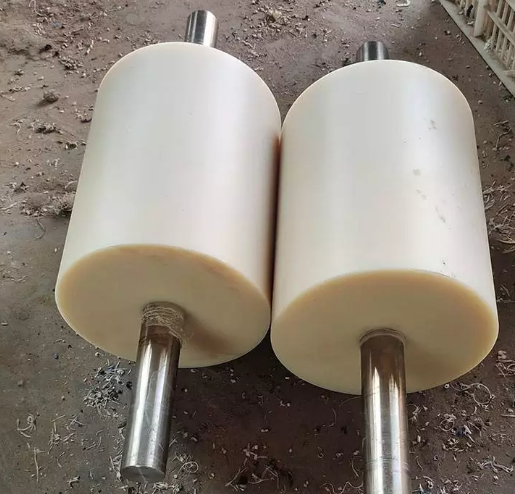How to process the inner holes of ceramic rods
How to process the inner holes of ceramic rods: Master all the techniques and skills
In modern manufacturing, the processing of the inner holes of ceramic rods is an extremely challenging yet crucial task. It concerns the final performance and quality of the product and is widely used in many fields such as electronics, machinery and optics. Today, Our Technology will comprehensively analyze the processing methods of the inner holes of ceramic rods for everyone.

Preparatory work: Only when everything is ready can the project commence
Before processing the inner holes of ceramic rods, a series of preparatory work should not be underestimated. First of all, based on the design requirements of the inner hole, accurately calculate various parameters such as the hole diameter size, depth, and surface roughness. This is the basis for subsequent processing and directly determines the choice of processing technology. Meanwhile, based on the material characteristics of the ceramic rods, select the appropriate processing equipment and tools. Due to the high hardness and brittleness of ceramics, ordinary cutting tools are not up to the task. Generally, tools made of super-hard materials such as diamond grinding tools and cubic boron nitride (CBN) tools are selected. For instance, diamond reamers can effectively ensure the dimensional accuracy and surface quality of the inner hole. In addition, it is necessary to ensure a stable processing environment. Appropriate temperature and humidity can reduce the impact of thermal expansion and contraction on processing accuracy.
Drilling processing: The first step to open the inner hole
Drilling is the initial step of inner hole machining. For ceramic rods, the commonly used drilling methods include mechanical drilling and electrical discharge drilling. When performing mechanical drilling, it is necessary to control the feed rate and cutting force well to avoid the ceramic rods from cracking due to excessive impact force. By using high-speed rotating diamond drill bits in combination with appropriate cooling and lubricating fluid, the cutting temperature can be effectively reduced and the drilling quality can be improved. Electrical discharge drilling uses the high temperature generated by discharge to etch holes in ceramic rods. This method is applicable to processing inner holes of complex shapes and has strong adaptability to the hardness of ceramic rods.
Reaming and reaming: The key to improving precision
After the drilling is completed, the accuracy and surface quality of the inner hole often fail to meet the requirements. At this point, reaming and tapping are necessary. Reaming can correct the deviations generated during drilling and increase the hole diameter. Using a reaming drill, through multiple micro-cuts, the required hole diameter is gradually achieved. Reaming is to further improve the dimensional accuracy and surface finish of the inner hole. During the reaming process with a diamond reamer, the inner hole is trimmed with a uniform cutting amount, which can significantly improve the roundness, cylindricity and surface roughness of the inner hole.

Grinding and polishing: Creating a perfect inner hole surface
Grinding and polishing are the final processes in inner hole machining, aiming to achieve an extremely high degree of smoothness on the inner hole surface. During grinding, apply the grinding paste to the grinding rod and grind the inner hole while rotating. Eliminate the tiny defects on the inner hole surface by constantly adjusting the grinding pressure and time. Polishing further refines the surface by using methods such as chemical polishing or electrolytic polishing. Through chemical reactions, the microscopic protrusions on the surface are removed, presenting a mirror-like effect on the inner hole surface to meet the demands of high-end application scenarios, such as the inner holes of ceramic rods in optical instruments, which require extremely high smoothness to ensure the accuracy of light transmission.
The inner hole processing of ceramic rods is a systematic and meticulous project. From the initial preparation to drilling, reaming, tapping, and finally to grinding and polishing, each link is closely interlinked. Only by strictly controlling each step can high-quality inner holes of ceramic rods be processed.